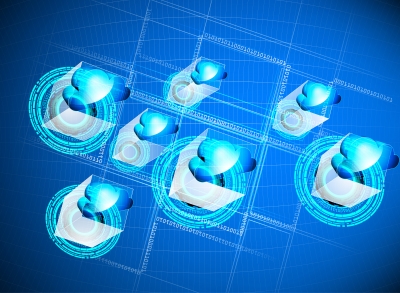The increasing competition in private practices puts a significant burden on your shoulders. You’re no longer just required to deliver excellent results but you also want to cut on costs by increasing efficiency to maximize resources.
The increasing competition in private practices puts a significant burden on your shoulders. You’re no longer just required to deliver excellent results but you also want to cut on costs by increasing efficiency to maximize resources.
Roger Gerard, PHD, admits that healthcare costs are just too much. He says, “It’s becoming increasingly difficult for patients to pay what they need to pay. Unless we cut out the waste, those systems and processes that add very little or nothing to people buying our services, we’re in for a rough time.”
Mr. Gerard believes that we must acknowledge that we practice in an “ecosystem.” No practice operates in isolation, we are all interdependent. In addition to private practice, there is long term care, home health, technology and so much more.
LEAN management is a practice that has existed for some time and is gaining more attention in healthcare. So what makes this approach a viable alternative in the quest for increased profitability in a radiology practice?
Definition
The LEAN approach was first used by the Toyota Production Systems in Japan in the 1980s. The idea then was to maximize the value of products and services delivered to the client. Toyota set out to find out the exact needs of their consumers with a resolve to provide these needs with a higher level of quality, at the lowest possible costs, and in the shortest amount of time possible.
The ultimate goal is to deliver exactly what the consumer needs through a perfect value creation strategy with zero tolerance of waste. To accomplish this, the focus shifts from optimizing separate assets, technologies, and vertical departments to optimizing horizontal flow of products and services across the assets, technologies, and departments.
This means that you must identify and eliminate waste, not at isolated points, but along entire value streams. This helps to create processes that need reduced human effort, less capital, less space, and less time to deliver the right products and services to consumers in the right amount of time. It also increases flexibility, making it easier to respond to consumer needs with high quality, high variety, low cost and in greatly reduced throughput times.
According to LEAN, there are seven sources of waste, with inventory, waiting, and over-processing leading the queue. Others in the list include transportation, motion, defects, and over-production.
How practices can benefit
The benefits of LEAN to any business and to radiology practices in particular, aren’t hard to predict. They include:
- Cutting out inefficiencies, and
- Taking out steps that aren’t necessary, so
- Customers get through the loop faster, something they will be very happy about.
It is reported that some practices reduce waiting times by up to 35 minutes. Imagine what that could do for your practice.
Another common benefit is staff getting out on time. If there is anything your employees will be so thankful for, it is this.
- Stress is reduced,
- Work-personal life is balanced, and what follows is
- Improved job satisfaction.
Many times you’ll also see improvements in team dynamics. At the end of the day you have a happy staff that you’re able to retain for a long time.
Finally, reduced overtime comes with;
- Reduced costs on the part of the practice,
- Savings on both overpaid costs and overtime overhead, and
- A reduction in inventory as allocations and supplies become efficient.
Summary
Rolling out LEAN shouldn’t be difficult. However, when you’ve decided to make the leap, you will need a very interested physician and an equally interested administrator.

